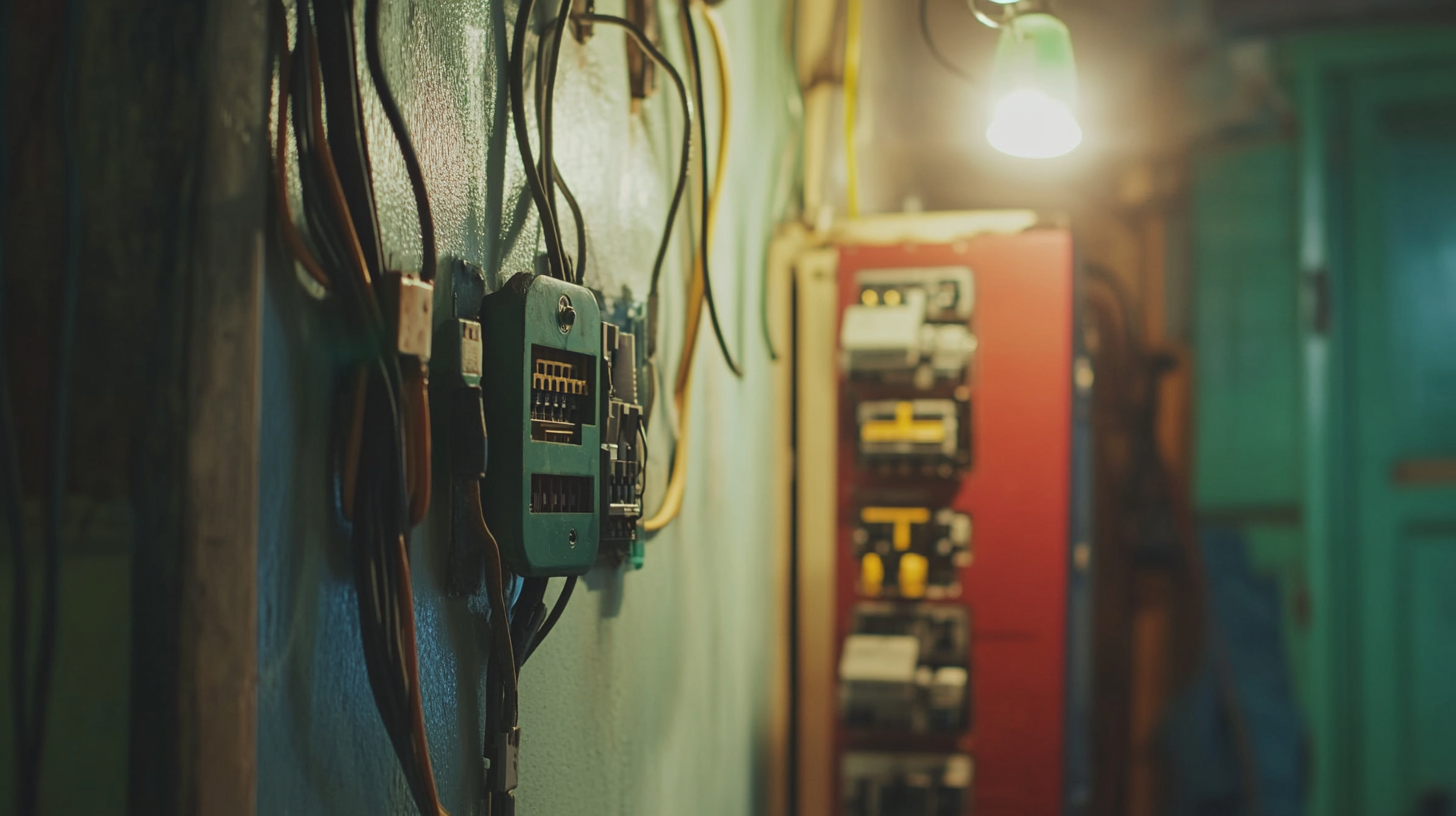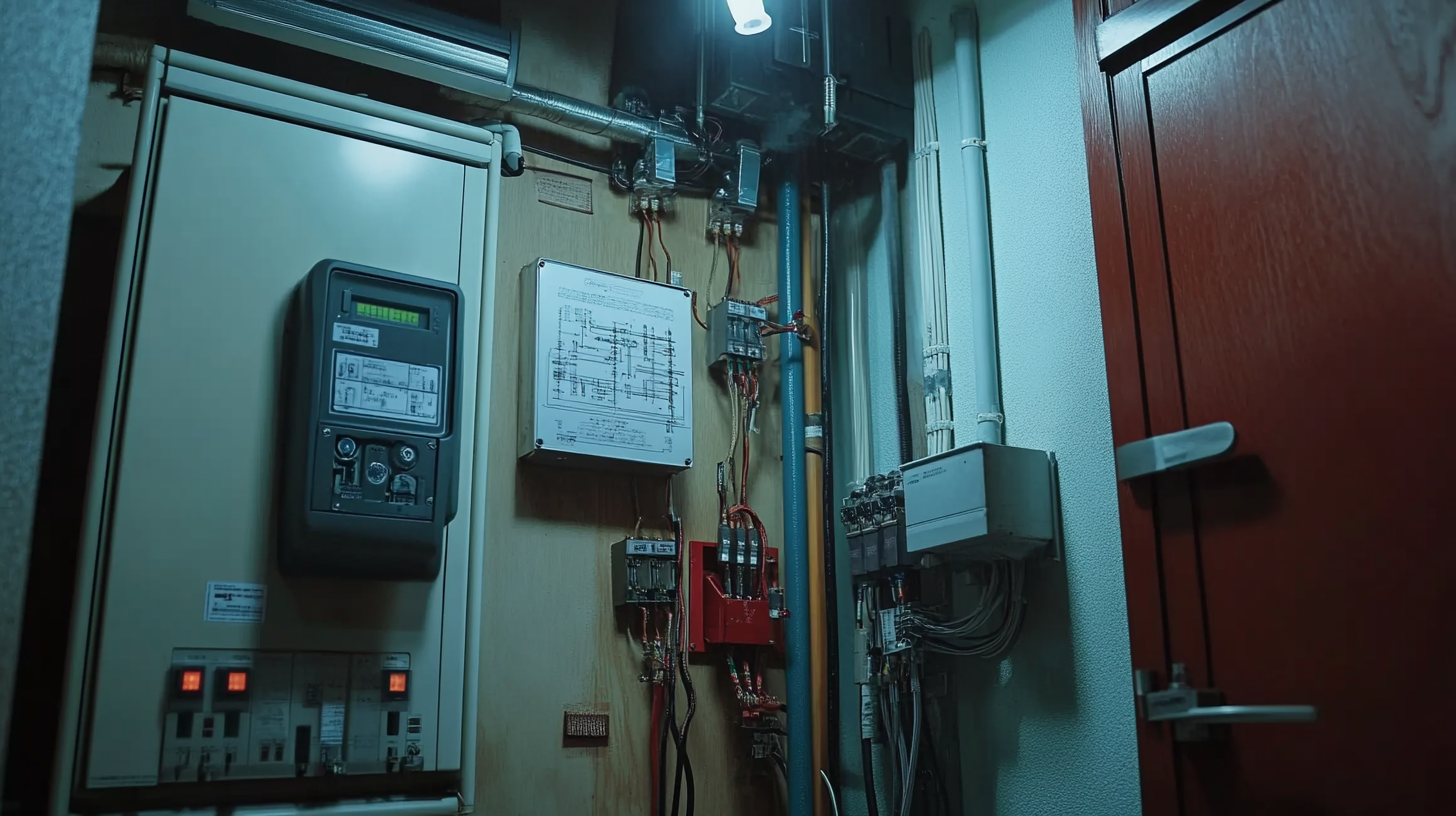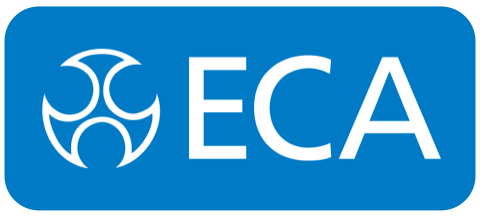- Home
- News
How to Ensure Safety with Your Home Electrical Check Process
In today's modern world, electricity plays a crucial role in our daily lives, powering everything from essential appliances to intricate smart home systems. However, with the convenience of electricity comes the responsibility of ensuring that our home electrical systems are safe and functioning properly. A regular Home Electrical Check is vital in identifying potential hazards, preventing electrical fires, and ensuring the well-being of your family. This proactive approach not only safeguards your home but also contributes to the longevity of your electrical systems.
Conducting a thorough Home Electrical Check can seem daunting, but it’s essential for every homeowner. By systematically evaluating your electrical systems and addressing any concerns, you can create a safe living environment. In this blog, we will explore the critical steps involved in the Home Electrical Check process, highlighting the importance of regular inspections and providing valuable tips to keep your home safe from electrical hazards. Whether you are a seasoned DIY enthusiast or a first-time homeowner, understanding how to effectively navigate this process is crucial for your peace of mind and safety.

Understanding the Importance of Regular Home Electrical Inspections
Regular home electrical inspections are crucial for ensuring the safety of your living space. Many homeowners underestimate the importance of these checks, often assuming that all is well if the lights are functioning. However, electrical systems can develop issues over time, which may not be immediately apparent. By scheduling periodic inspections, you can identify potential hazards such as frayed wires, overloaded circuits, or faulty outlets before they escalate into serious problems. In addition to preventing hazards, regular electrical inspections can enhance the efficiency of your home's power usage. An expert will assess your electrical system to ensure it meets current safety standards and is optimized for energy delivery. This not only reduces the risk of electrical fires but can also lead to lower energy bills by identifying inefficiencies. Homeowners can benefit from recommendations on upgrading outdated components, which can improve overall home safety and comfort. Furthermore, establishing a routine for electrical inspections contributes to peace of mind. Knowing that your home is being regularly assessed by professionals allows you to focus on enjoying your space without the nagging worry of hidden electrical dangers. In the long run, investing time and resources in regular electrical checks not only protects your home but also safeguards your family’s well-being.

Key Safety Risks: Common Electrical Hazards in Residential Properties
In the realm of residential safety, common electrical hazards pose significant risks that every homeowner must acknowledge. According to the National Fire Protection Association, electrical failures or malfunctions account for approximately 13% of all residential structure fires in the United States, underscoring the need for vigilance during home electrical checks. One prevalent risk is the improper use of appliances, particularly in relation to lithium-ion batteries. Dr. Matthew Priestley from UNSW emphasizes the critical importance of education surrounding these batteries, as improper handling can lead to overheating and fires, putting lives and properties at risk.
Moreover, outdated or compromised wiring is another serious hazard often overlooked by homeowners. The Electrical Safety Foundation International reports that nearly 50% of home electrical fires are linked to outdated wiring systems. Regular inspections can help identify potential issues before they escalate into dangerous situations. Homeowners should also be aware of common building code violations, as ignorance in this area can lead to fines or compromised safety—particularly concerning circuit overloads and improper grounding of electrical systems.
In addition to these concerns, the threat of appliance misuse cannot be ignored. The Consumer Product Safety Commission notes that faulty appliances and insufficient maintenance contribute to a significant number of fire incidents each year. Simple preventive measures, such as ensuring proper ventilation for space heaters and regularly cleaning dryer vents, can dramatically reduce the risk of home fires. By prioritizing electrical safety and staying informed about common hazards, homeowners can take essential steps to protect their properties and loved ones.

Professional Standards: Guidelines for Effective Electrical Safety Checks
When it comes to ensuring the safety of your home’s electrical system, adhering to professional standards is paramount. Conducting effective electrical safety checks requires a structured approach that aligns with established guidelines. Begin by familiarizing yourself with the National Fire Protection Association (NFPA) regulations and the National Electrical Code (NEC). These documents outline the essential criteria that should guide any inspection, including proper grounding, circuit load capacities, and safe wiring practices.
An effective electrical safety check should involve a thorough examination of all visible components. Start with the electrical panel, checking for signs of corrosion, overheating, or tripped breakers. Inspect outlets for any discoloration or warmth, which could indicate a serious issue. Additionally, ensure that your home’s smoke detectors and carbon monoxide alarms are functioning properly. Regularly testing and replacing batteries in these devices enhances your home safety and complements your overall electrical safety inspection.
Lastly, seek the expertise of certified electricians for more complex evaluations. Professional inspections can uncover potential hazards that may not be immediately visible to the untrained eye. Furthermore, keep records of all inspections and repairs to identify patterns that may require attention over time. By adhering to these professional standards and guidelines, you can significantly reduce risks and enhance the safety of your home’s electrical systems.

Data-Driven Insights: Statistics on Home Fires Related to Electrical Issues
Electrical issues are a leading cause of home fires, making it crucial for homeowners to prioritize regular electrical checks. According to recent statistics, approximately 51,000 home fires are reported each year due to faulty wiring and other electrical failures. These fires can result in devastating damage, both to property and lives, emphasizing the importance of vigilance in home electrical safety.
Data reveals that nearly 33% of electrical fires originate from problems with outlets and plugs, while the installation of outdated or faulty systems contributes significantly to this risk. Additionally, overloaded circuits are responsible for around 18% of electrical fires. By conducting thorough electrical inspections, homeowners can identify these potential hazards before they escalate into dangerous situations. Incorporating data-driven insights into your home safety protocols can help you understand specific risks and tailor your electrical check process accordingly.
Regular assessments of your electrical system should include checking for frayed wires, ensuring that outlets have proper grounding, and confirming that smoke detectors are operational. Understanding the statistics surrounding home electrical fires can motivate homeowners to take proactive steps in safeguarding their homes. By prioritizing a comprehensive electrical check process, you not only protect your property but also safeguard the well-being of those who live in your home.
DIY vs. Professional: When to Call an Electrician for Safety Assurance
When it comes to maintaining a safe home environment, the electrical system often requires special attention. Homeowners may feel tempted to handle minor repairs or inspections themselves, driven by the allure of saving money and the satisfaction of DIY projects. However, it’s crucial to recognize that certain electrical tasks should be left to the professionals. Understanding the nuances between what can be tackled independently versus what necessitates a licensed electrician is essential for ensuring safety.
DIY electrical checks often involve basic inspections, such as checking for visible wire damage or ensuring that outlets are secure. However, deeper issues, like faulty wiring, circuit overloads, or issues within the breaker panel, may not be apparent to the untrained eye. Engaging in these more complex tasks without the right expertise can lead to hazardous situations, including electrical fires or electrocution. It’s important to assess your comfort level and experience with electrical systems before diving into any DIY activity.
In situations where you’re unsure, or if you encounter persistent electrical problems, it’s time to call in a professional. Electricians are trained to handle a wide variety of issues, from installation of new circuits to troubleshooting electrical faults. Taking the precaution of hiring an expert not only guarantees a thorough job but also provides peace of mind. Remember, safety should always be the top priority—sometimes, investing in a professional is the best way to protect your home and loved ones.

